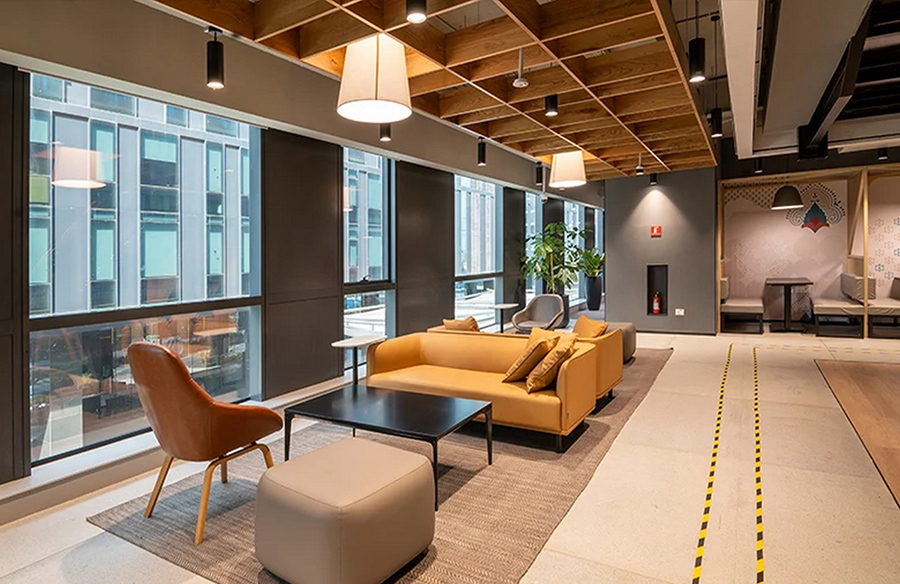1. Architectural Lighting: A Fusion of Form and Function
1.1 Transformative Potential
Architectural lighting transcends mere functionality, emerging as an art form that possesses the ability to metamorphose ordinary spaces into compelling, dramatic environments. This blog delves into the profound influence of architectural lighting on interior design, exploring the diverse ways it contributes to the creation of dramatic and captivating spaces.
1.2 Aesthetic Appeal and Mood Enhancement
The potency of architectural lighting lies in its capability to accentuate the aesthetic appeal, mood, and functionality of a given space. Its transformative power becomes evident in the deliberate highlighting of architectural features, setting the mood, creating visual interest, and ensuring flexibility through adaptability.
2. Illuminating Design Dynamics
2.1 Accentuating Architectural Features
Architectural lighting orchestrates drama by accentuating the prominent features of a structure, such as grand staircases, historic facades, or distinctive structural elements. Carefully positioned fixtures, including uplights, downlights, or wall washers, play a pivotal role in casting shadows and revealing textures, adding depth to architectural elements.
2.2 Focal Points and Contrast Play
Lighting designers employ various fixtures like chandeliers, pendants, and spotlights to craft focal points within a space. Through intentional contrast manipulation, designers create dynamic atmospheres, invoking depth, texture, and drama. The interplay between light and shadow becomes a fundamental element, captivating beholders and directing attention to specific areas or objects.
2.3 Dynamic Colour Temperatures and Layered Lighting
The colour temperature of light significantly influences the mood of a space, with warm white light creating a cosy ambiance and cool white light offering a modern feel. Designers carefully choose colour temperatures to achieve desired atmospheres, and the concept of layered lighting, incorporating ambient, task, and accent lighting, adds depth and drama to the environment.
3. Beyond Aesthetics: Emotional Impact
3.1 Comfort, Inspiration, and Tranquility
Architectural lighting extends beyond visual aesthetics, exerting a profound influence on emotional and psychological responses. In residential and office settings, it has the potential to evoke comfort and inspiration, transforming spaces into sanctuaries of relaxation or hubs of creativity. In healthcare environments, soft, diffused lighting fosters tranquillity, alleviating stress and promoting healing.
3.2 Excitement and Lasting Impressions
In the realms of hospitality and retail, architectural lighting becomes an indispensable tool for creating unforgettable impressions. Whether elevating the ambience of a restaurant or guiding shoppers through retail spaces, lighting contributes to the overall experience, generating excitement, and leaving lasting impressions.
Conclusion: Lighting as a Transformative Art Form
In conclusion, architectural lighting emerges as a potent tool for designers, transcending its role as a visual enhancer to become a transformative art form. By understanding the psychological impact of light and employing thoughtful lighting principles, designers can craft atmospheres that linger in memory. From accentuating architectural features to stimulating emotions, architectural lighting stands as an essential element in the architectural realm, breathing life into spaces and leaving an indelible mark.




Leave a Reply